Growing Prevalence of Chronic Diseases
The rising incidence of chronic diseases, such as cardiovascular disorders and neurological conditions, is significantly influencing the Microsurgical Instrument Market. As these diseases often require intricate surgical interventions, the demand for specialized microsurgical instruments is on the rise. According to recent statistics, the prevalence of neurological disorders is projected to increase by 15% over the next decade, necessitating advanced surgical solutions. This trend is prompting healthcare facilities to invest in state-of-the-art microsurgical instruments to improve patient outcomes. Additionally, the aging population is contributing to the growing need for surgical procedures, further driving the demand for microsurgical instruments. Consequently, the Microsurgical Instrument Market is likely to expand as healthcare providers seek to address these pressing medical needs.
Increasing Investment in Healthcare Infrastructure
Investment in healthcare infrastructure is a pivotal driver for the Microsurgical Instrument Market. Governments and private entities are allocating substantial resources to enhance healthcare facilities, particularly in developing regions. This investment is aimed at improving surgical capabilities and expanding access to advanced medical technologies. For instance, the establishment of specialized surgical centers is becoming more common, which in turn increases the demand for high-quality microsurgical instruments. Reports indicate that healthcare spending is expected to rise by 5% annually, creating a favorable environment for the growth of the Microsurgical Instrument Market. As healthcare systems evolve, the need for sophisticated surgical tools will likely continue to grow, further stimulating market expansion.
Enhanced Training and Education Programs for Surgeons
The Microsurgical Instrument Market is benefiting from enhanced training and education programs designed for surgeons. As the complexity of microsurgical procedures increases, there is a growing emphasis on providing comprehensive training to ensure optimal use of advanced instruments. Institutions are investing in simulation-based training and workshops that focus on the latest techniques and technologies in microsurgery. This focus on education is likely to improve surgical outcomes and increase the adoption of microsurgical instruments. Furthermore, the availability of online resources and certification programs is making it easier for surgeons to stay updated with the latest advancements. As a result, the demand for high-quality microsurgical instruments is expected to rise, driven by a more skilled workforce capable of utilizing these tools effectively. This trend is indicative of the evolving nature of the Microsurgical Instrument Market.
Technological Innovations in Microsurgical Instruments
The Microsurgical Instrument Market is experiencing a surge in technological innovations that enhance surgical precision and outcomes. Advanced materials and designs, such as micro-manipulators and high-definition visualization systems, are becoming increasingly prevalent. These innovations not only improve the efficacy of surgeries but also reduce recovery times for patients. The market for microsurgical instruments is projected to grow at a compound annual growth rate of approximately 6.5% over the next few years, driven by these advancements. Furthermore, the integration of robotics and artificial intelligence into surgical procedures is likely to redefine the capabilities of microsurgical instruments, making them more efficient and user-friendly. As a result, healthcare providers are increasingly investing in these advanced tools, which is expected to further propel the growth of the Microsurgical Instrument Market.
Rising Awareness and Acceptance of Minimally Invasive Procedures
There is a notable increase in awareness and acceptance of minimally invasive surgical procedures among patients and healthcare providers, which is positively impacting the Microsurgical Instrument Market. These procedures are associated with reduced pain, shorter recovery times, and minimal scarring, making them more appealing to patients. As a result, healthcare professionals are increasingly adopting microsurgical techniques that require specialized instruments. Market analysis suggests that the demand for minimally invasive surgeries is expected to grow by approximately 7% annually, reflecting a shift in surgical practices. This trend is likely to drive the development and adoption of advanced microsurgical instruments, as healthcare providers seek to meet the evolving preferences of patients. Consequently, the Microsurgical Instrument Market is poised for significant growth in response to this changing landscape.


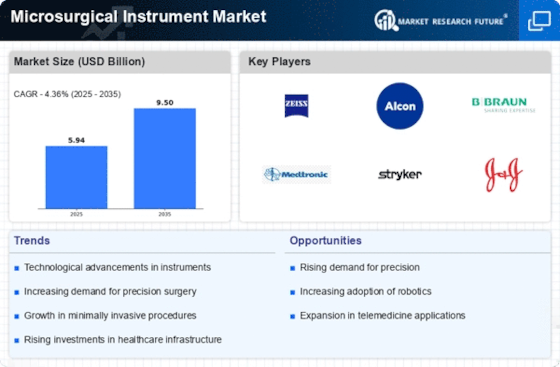
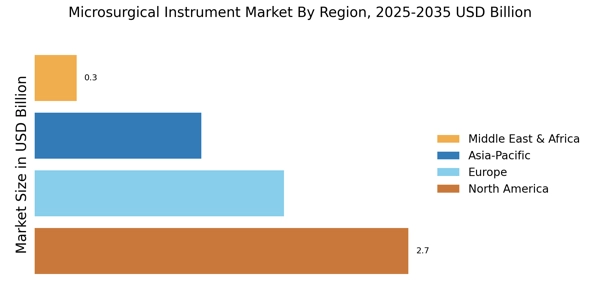
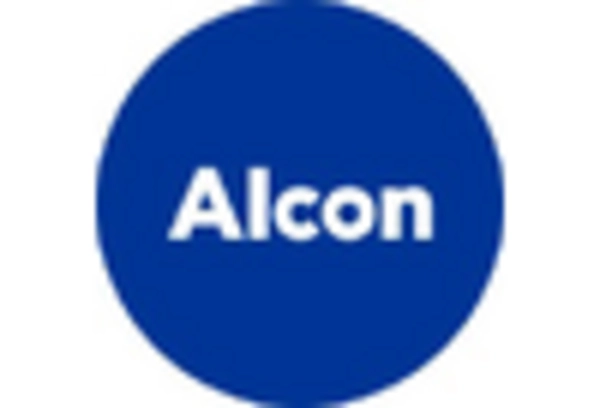
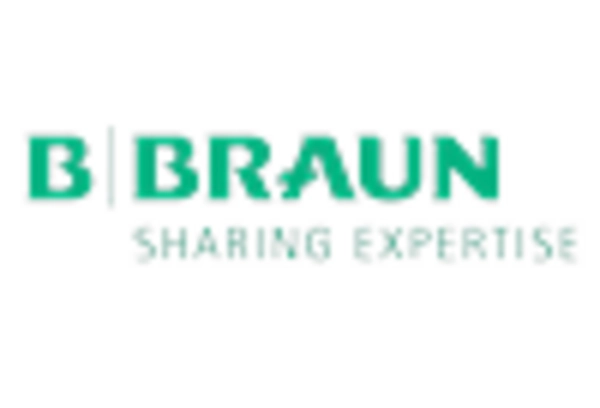
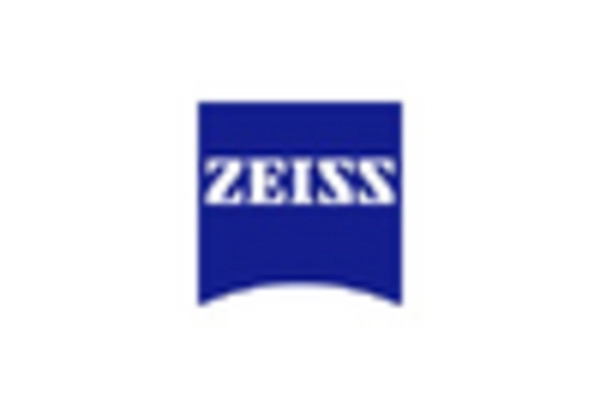











Leave a Comment